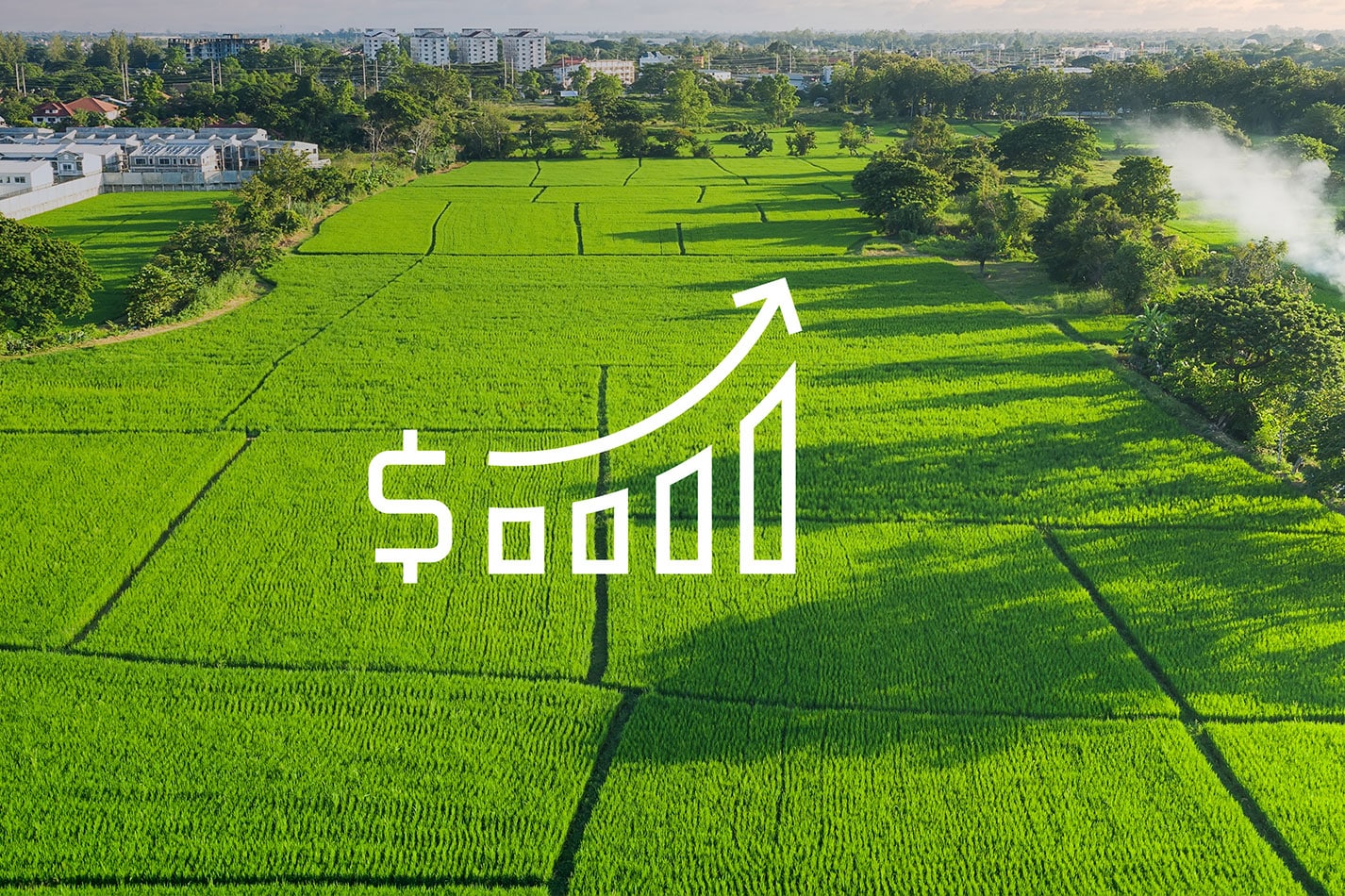In today’s uncertain economic environment, some strategies are better positioned than others to manage risk, preserve optionality, and capture structural shifts in the real estate market. DDB Capital’s model, focused on land acquisition and entitlement in the Southeast, offers a disciplined approach that avoids construction exposure while aligning with long-term housing demand.
Below is a breakdown of the DDB Capital strategy and how it addresses current macroeconomic risks while pursuing durable value creation.
1. Non-Correlated Returns
DDB Capital’s strategy is designed to operate independently of public market volatility. By focusing on land entitlement rather than income-producing assets or equities, the fund offers non-correlated exposure that may help balance traditional portfolios in times of market stress.
2. Downside Protection Is Baked In
The financial model is structured to withstand 15–30% reductions in projected profits while still delivering a solid return profile. This built-in cushion emphasizes capital preservation without sacrificing upside potential.
3. A National Shortage of 3 Million Homes
The U.S. faces a structural shortage of over 3 million homes. Builders need shovel-ready land to close this gap quickly. By delivering entitled lots in growth markets, DDB Capital is directly aligned with solving this supply imbalance — positioning itself at the center of long-term housing demand. Listen to the CEO of the National Association of Homebuilders here.
4. High-Demand, High-Growth Markets: The Southeast Focus
The Southeast U.S. continues to lead the country in population growth, migration, and housing demand. DDB Capital targets submarkets where supply constraints and demographic trends align, offering sustained momentum for land-based strategies.
5. No Vertical Risk + Unlocking Zoning Scarcity
DDB Capital avoids construction risk by exiting before vertical development begins, sidestepping cost inflation, labor issues, and timeline uncertainty. Instead, the fund focuses on converting raw or agricultural land into entitled lots — navigating local zoning complexity to unlock value in scarce, development-ready land.
6. Builder-Aligned Exit Strategy
National builders face ongoing pressure to secure entitled land without taking on entitlement risk. DDB Capital acts as a “just-in-time supplier”, creating pricing leverage and faster monetization through builder takeouts and JV structures.
7. Hedging Against Tariff-Driven Inflation
Tariffs could raise material and labor costs, increasing the cost of new housing. Since our per-entitled-lot value is based on home sale prices, we expect builders to pay more for lots, which preserves our returns. This would make entitled land more valuable. DDB Capital is positioned to capture that potential upside without taking on construction risk.
8. Farmland Downturn = Entitlement Opportunity
If tariffs or other trade restrictions further suppress export demand for U.S. agriculture, it could trigger a broader farmland correction. In that scenario, DDB Capital would be positioned to acquire high-quality parcels at attractive prices, particularly where zoning conversion potential remains strong.
Disclaimer
This communication is intended for informational purposes only and should not be construed as an offer to sell or a solicitation to buy any securities, investment products, or services. Any offering will be made only through official offering documents to qualified investors. Past performance is not indicative of future results. Investing involves risk, including possible loss of principal. Please consult your legal, tax, or financial advisor before making any investment decision.


